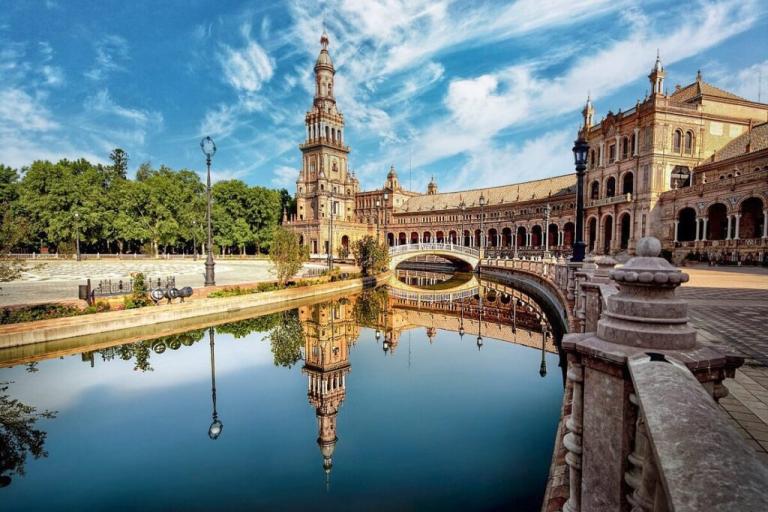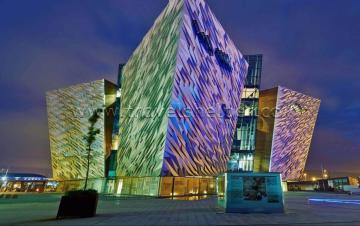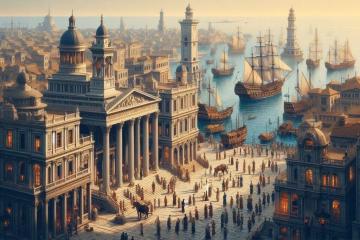Top 10 – Europe Party Cities
Discover the vibrant nightlife scenes of Europe's most fascinating cities and travel to remember-able destinations! From the vibrant beauty of London to the thrilling energy…

Best things from Alaska till Australia, from the Earth and around it. All credits to the photographer’s eye and the mother nature.
Discover the vibrant nightlife scenes of Europe's most fascinating cities and travel to remember-able destinations! From the vibrant beauty of London to the thrilling energy…

Millions of visitors come to Spain annually because of its vibrant culture, fascinating past, and amazing scenery. Still, the real spirit of Spain is found…

While many of Europe's magnificent cities remain eclipsed by their more well-known counterparts, it is a treasure store of enchanted towns. From the artistic appeal…

From Rio's samba spectacle to Venice's masked elegance, explore 10 unique festivals that showcase human creativity, cultural diversity, and the universal spirit of celebration. Uncover…

From Alexander the Great's inception to its modern form, the city has stayed a lighthouse of knowledge, variety, and beauty. Its ageless appeal stems from…


Standing above the busy city streets, rooftop bars offer a chance to interact with a…
Adventure's appeal has enthralled people from time immembered. A small number of people are drawn to the margins of the…
Tucked in the middle of the South Pacific, Tahiti is a dreamscape in which paradise blossoms while reality fades. Thousands…
Located on the Ionian Sea, the Greek city of Parga is an intriguing place that fascinates tourists immediately. Described affectionately…
Home Budapest, the capital of Hungary, exemplifies the significance of thermal waters. Often called the “World’s Spa Capital,” this city…
In a world full of well-known travel destinations, some incredible sites stay secret and unreachable to most people. For those…
Discover the most beautiful romantic locations on Earth, where love grows amid stunning scenery and rich cultural encounters. From the…
Once a glitzy Mediterranean resort visited by stars such as Elizabeth Taylor and Brigitte Bardot, Varosha today is a ghost…
Turkey's "Land of Beautiful Horses," Cappadocia, is an intriguing place distinguished by its otherworldly scenery and rich historical legacy. Covering…
A hidden treasure trove of biodiversity blooms in the huge Pacific Ocean. a haven unspoiled by human touch where the…
Apple strudel, known in its original German as Apfelstrudel, goes beyond simple pastry to reflect Austria's rich gastronomic legacy loved not only in Vienna but…

Renowned Italian pasta dish Penne Alla Bolognese combines the pleasing texture of penne pasta with the strong tastes of Bolognese sauce. Penne pasta, which comes…

Penne Alla Carbonara is an Italian pasta dish that has gained significant popularity among food enthusiasts globally. Originally used in Rome, Italy, in the middle…

Horiatiki Salad emerges as a remarkable dish that encapsulates the quintessence of Mediterranean flavors within the realm of Greek cuisine. This classic salad, often referred…

Reflecting the creative and varied character of Italian culinary traditions, Pizza Capricciosa is one of the most respected and popular variants among Italian pizzas. The…


Panna Cotta, originating in the Piedmont region of Italy, is a popular dessert made by…
© All Rights Reserved. By Travel S Helper